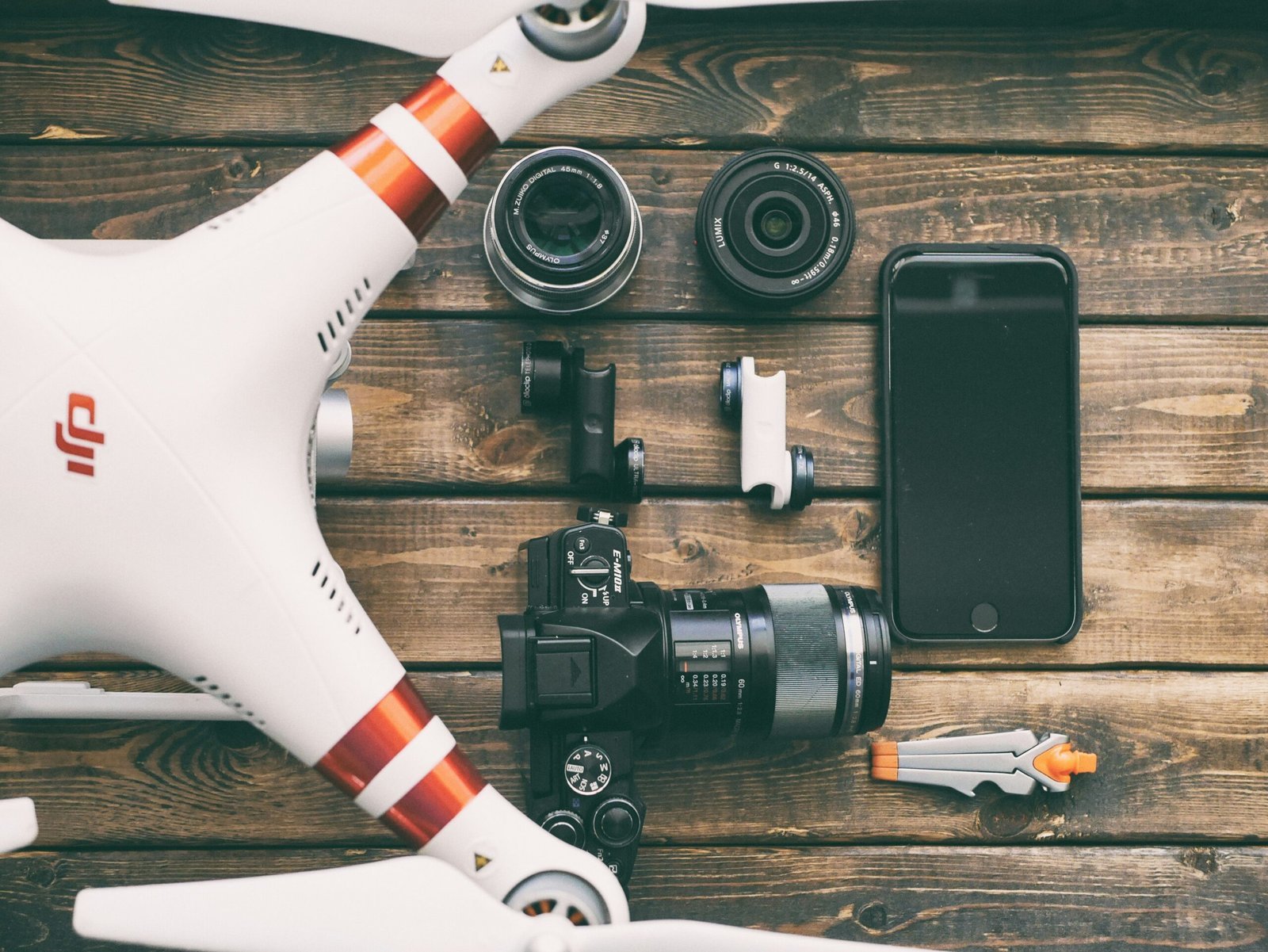Methods for Using Drones in Deer Recovery
The simple answer is Yes, the advent of drone technology has revolutionized various fields, and wildlife management is no exception. Using drones for deer recovery presents numerous benefits, such as enhanced visibility, reduced manpower, and minimal disturbance to the environment. These advantages make drones a valuable tool for locating and recovering deer, whether for research, conservation, or hunting purposes.
One of the primary methods for using drones in deer recovery is through the integration of thermal imaging cameras. These cameras are capable of detecting heat signatures, making it possible to locate deer even in dense forests or during nighttime. Thermal imaging provides a significant advantage over traditional search methods, as it allows for quick and efficient location of deer that might otherwise remain hidden. This technology is particularly useful during the colder months when deer are more active at night and their heat signatures are more distinguishable against the cooler surroundings.
In addition to locating deer, drones can be used to track deer movements and patterns post-hunt. By monitoring these movements, hunters can gain a strategic advantage, understanding where deers are likely to travel and how they behave in their natural habitat. This information can be invaluable for planning future hunts or for conservation efforts aimed at maintaining a healthy deer population.
However, the use of drones for deer recovery is not without its ethical and legal considerations. It is crucial for users to be aware of and comply with local regulations governing drone operations, as well as any specific rules related to wildlife monitoring. Ethical considerations include ensuring that the use of drones does not cause undue stress or harm to the animals. Operators should strive to minimize disturbances and respect the natural behaviors of the deer.
In summary, drones offer a powerful tool for deer recovery, providing enhanced visibility and reducing manpower while minimizing environmental disturbance. The integration of thermal imaging and tracking capabilities further enhances their utility. However, ethical and legal considerations must be taken into account to ensure responsible use.
Drones Suitable for Deer Recovery: A Comprehensive Table
When it comes to deer recovery, selecting the right drone can significantly impact the efficiency and success of the operation. Below is a comprehensive table outlining various drones suitable for this purpose. The table includes essential features such as camera type, flight time, range, special features, and price, providing a clear comparison for potential buyers.
| Drone Model | Camera Type | Flight Time | Range | Special Features | Price |
|---|---|---|---|---|---|
| DJI Phantom 4 Pro | 4K Camera, Optional Thermal Imaging | 30 minutes | 7 km | Obstacle Avoidance, High Stability | $1,500 |
| Parrot Anafi Thermal | 4K HDR, Thermal Camera | 26 minutes | 4 km | Compact Design, Thermal Mapping | $1,900 |
| Autel Robotics EVO II | 8K Camera, Thermal Imaging | 40 minutes | 9 km | Long Flight Time, High Definition | $1,800 |
| Yuneec H520 | 4K Camera, Thermal Option | 28 minutes | 7 km | Hexacopter Stability, Modular Payload | $2,500 |
For those on a tight budget, the DJI Phantom 4 Pro offers excellent value with its high stability and optional thermal imaging capabilities, making it a robust choice for deer recovery. On the other hand, the Parrot Anafi Thermal is ideal for users needing a compact design paired with effective thermal mapping, albeit at a slightly higher price point. The Autel Robotics EVO II provides the longest flight time and extended range, which can be crucial for large-area deer searches. Its 8K camera ensures high-definition imaging, though it may be more than some users require. Lastly, the Yuneec H520 is a versatile option, especially for professional use, thanks to its modular payload and hexacopter stability, but it comes at a premium price.
When choosing the right drone for deer recovery, consider factors like ease of use, durability, and customer support. Ensure that the drone meets your specific needs, whether it’s a high-definition camera for clear visuals or thermal imaging to detect deer in dense foliage. Furthermore, prioritize drones with reliable customer support to address any technical issues promptly, ensuring uninterrupted operations.

